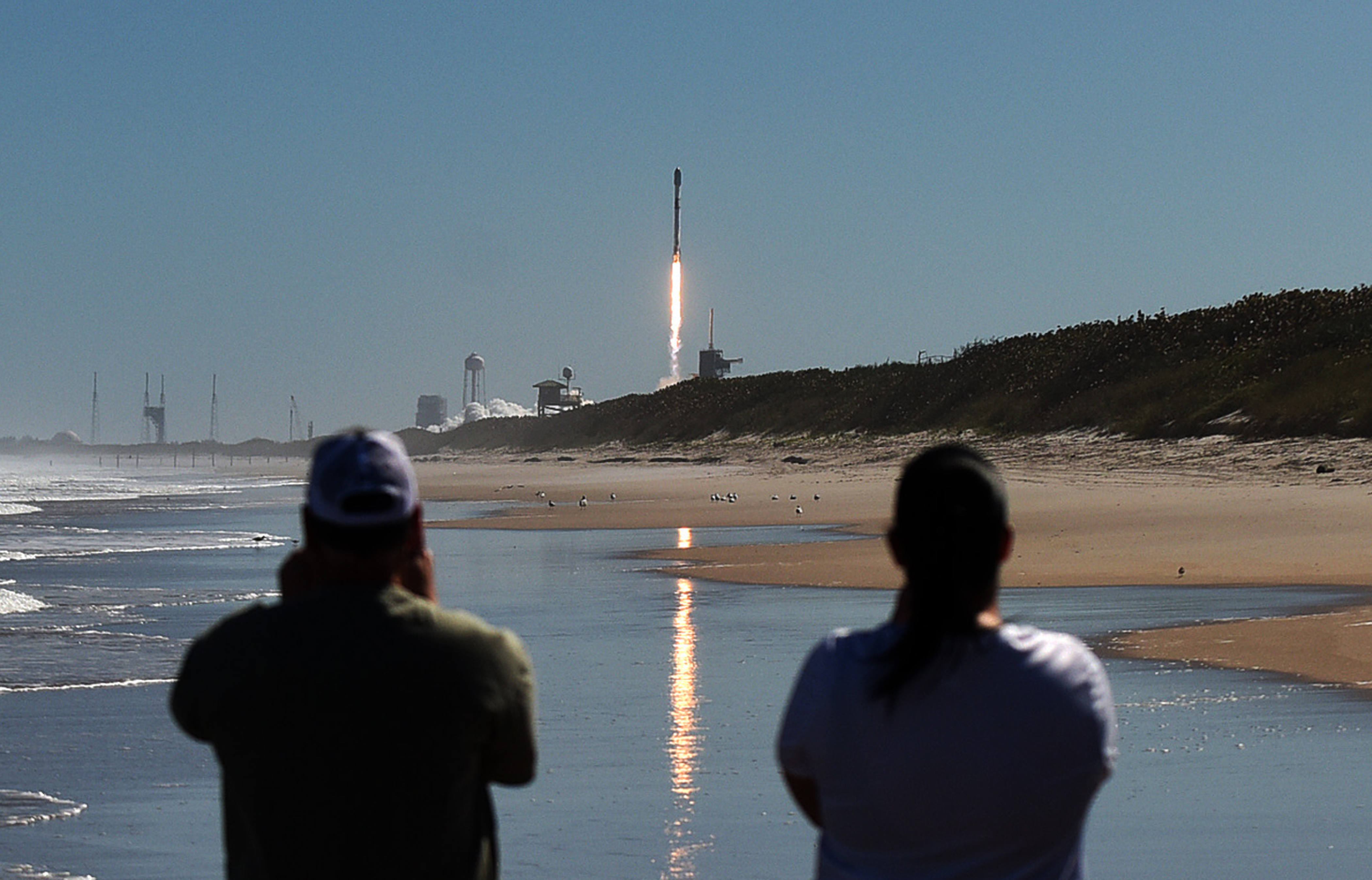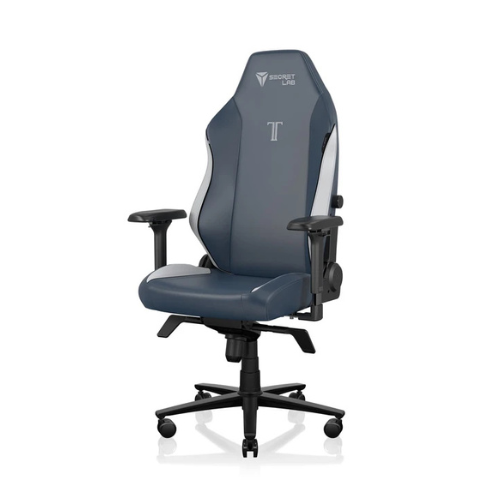Now we've had Doom in space, it seems that data centers and even chip foundries might be next in line to orbit the Earth
Because nothing shouts cost-effectiveness better than doing something in space.

Last year, the European Space Agency and a game developer got a little satellite, orbiting Earth in space, to run Doom in real-time. The lure of doing something perfectly normal on terra firma in the utterly hostile environment of space is just the preserve of a handful of coders, though, as two companies are hoping to be the first to have a data center and, believe it or not, a chip foundry in orbit.
This might seem like a colossally expensive thing to do, but when one of the aforementioned companies just happens to be Google, you know that the upfront cost probably isn't an issue. With the name Project Suncatcher, you'd be forgiven for thinking that Google is hoping to design a special solar panel system to power all of its data centers.
Well, that's partially correct, but Project Suncatcher aims to use the power of the Sun by getting just a teeny bit closer to it, by putting the data centers in space. This isn't some whimsical fantasy; Google has seriously thought about all of this, as detailed in its research paper (PDF warning) on the project.
The reason behind it all is that if you have satellites in a synchronous low Earth orbit, they're exposed almost continuously to sunlight. So with sufficiently big solar panels, you'll never need to worry about powering the data centre. Normally, such systems are huge in size—bigger than the International Space Station—but Google plans to use a host of satellites instead, similar to how SpaceX manages its Starlink internet service.
Google's even tested its AI processors for the impact of radiation, and apparently, they hold up pretty well, or at the very least, long enough for the required five-year lifespan of each satellite. In fact, the only thing that's stopping the tech giant from flinging data centers off into space right now is launch costs.

However, it estimates that these could fall low enough within the next 10 years, and if it hits $200 per kg, then "the cost of launching and operating a space-based data center could become roughly comparable to the reported energy costs of an equivalent terrestrial data center on a per-kilowatt/year basis."
Now, while all that does seem quite viable, I'm considerably less convinced by what US chip maker Besxar wants to do. Put simply, instead of spending billions making enormous semiconductor foundries on Earth, it wants to have them in space instead.
Keep up to date with the most important stories and the best deals, as picked by the PC Gamer team.
The idea being that the vacuum of space is somehow better than the vacuums used by the likes of Intel, TSMC, and others in chip making: "Bexsar can achieve purity levels and yield efficiencies impossible on Earth, effectively doubling the chip cost-efficiency for next-generation AI workloads."
There aren't too many details on the project just yet, but Besxar has recently signed a deal with SpaceX to use its Falcon 9 launchers to put 'Fabships' into orbit. That's all well and good, but Earth-based chip makers genuinely don't have any problems achieving the same levels of vacuum as that found in a low Earth orbit.

Besides, there's far more to wafer manufacturing than just having a really good vacuum. Foundries go through vast quantities of water for cleaning and rinsing wafers, as well as acting as a solvent and diluent for etching chemicals. How Bexar's production methods will get around this problem is unclear.
The biggest problem, though, is a far simpler one, and it's the cost of it all. Doing anything in space is considerably more expensive than doing it on the ground, and even if Bexar does succeed in producing higher-quality chips than what TSMC and others can make, who will be willing to pay what's almost certainly going to be very, very expensive?
Given that Google doesn't see data centers in space being financially viable for another decade, I suspect we're not going to be seeing 'Made in Space' stickers on the best CPUs and graphics cards any time soon. Let's face it, they're expensive enough as it is.

1. Best gaming chair: Secretlab Titan Evo
2. Best gaming desk: Secretlab Magnus Pro XL
3. Best gaming headset: HyperX Cloud Alpha
4. Best gaming keyboard: Asus ROG Strix Scope II 96 Wireless
5. Best gaming mouse: Razer DeathAdder V3 HyperSpeed
6. Best PC controller: Xbox Wireless Controller
7. Best steering wheel: Logitech G Pro Racing Wheel
8. Best microphone: Shure MV6 USB Gaming Microphone
9. Best webcam: Elgato Facecam MK.2

Nick, gaming, and computers all first met in the early 1980s. After leaving university, he became a physics and IT teacher and started writing about tech in the late 1990s. That resulted in him working with MadOnion to write the help files for 3DMark and PCMark. After a short stint working at Beyond3D.com, Nick joined Futuremark (MadOnion rebranded) full-time, as editor-in-chief for its PC gaming section, YouGamers. After the site shutdown, he became an engineering and computing lecturer for many years, but missed the writing bug. Cue four years at TechSpot.com covering everything and anything to do with tech and PCs. He freely admits to being far too obsessed with GPUs and open-world grindy RPGs, but who isn't these days?
You must confirm your public display name before commenting
Please logout and then login again, you will then be prompted to enter your display name.

